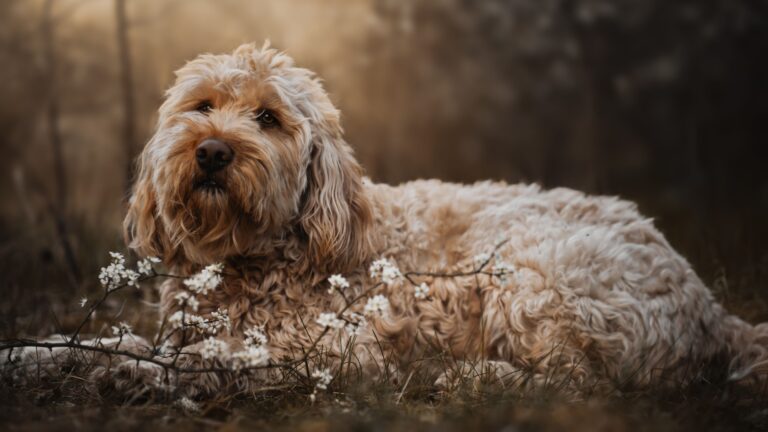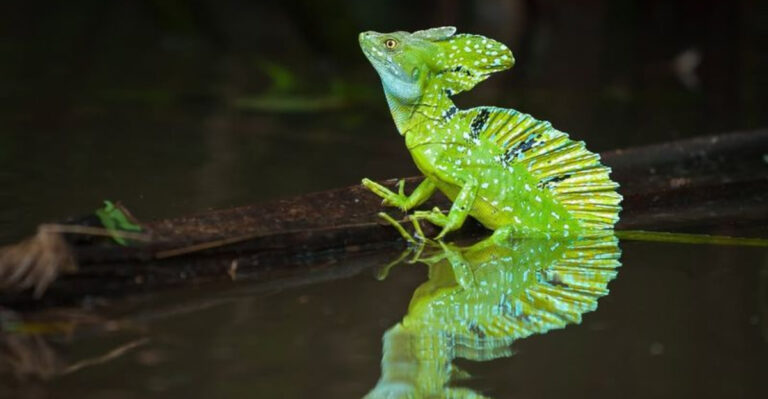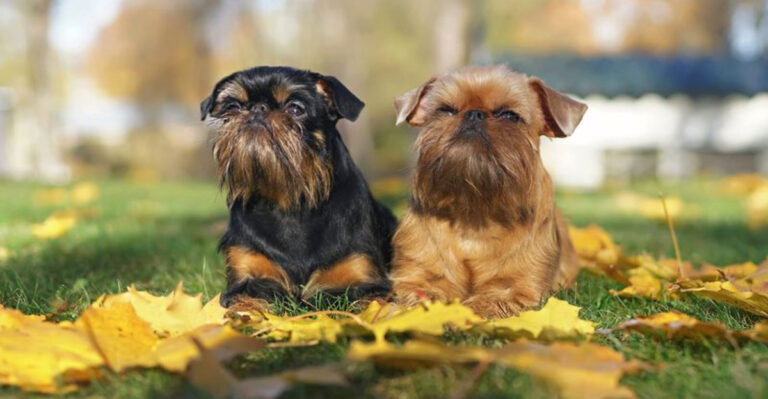13 Fascinating Facts About Your Cat’s Toe Beans You Never Heard Before
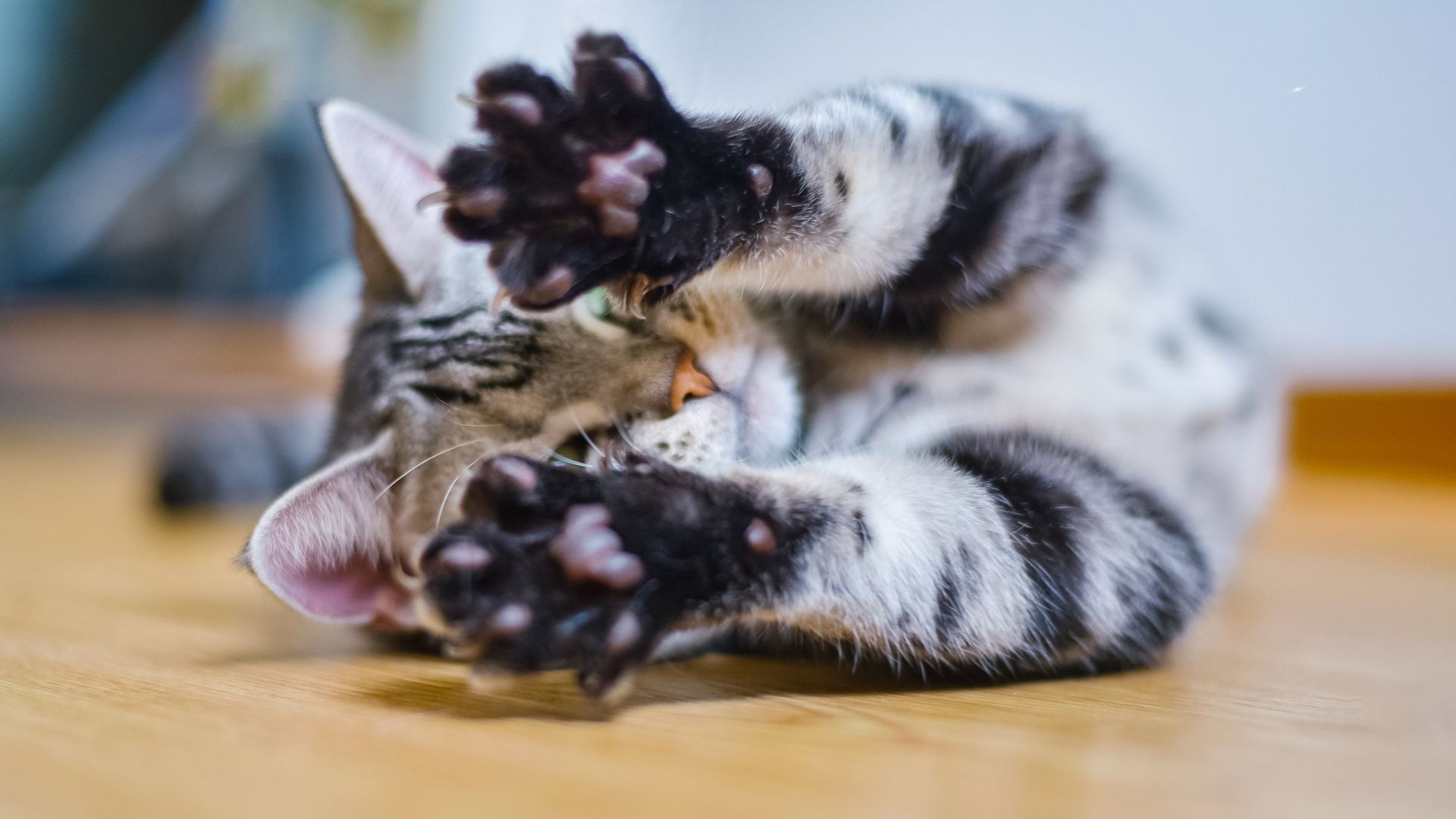
Cat toe beans, those adorable little pads on the bottom of your cat’s paws, are more fascinating than they appear. Not just for cute Instagram posts, they play important roles in your feline’s life.
From providing traction to functioning as shock absorbers, these small but mighty parts have a lot of secrets.
1. Toe Bean Colors
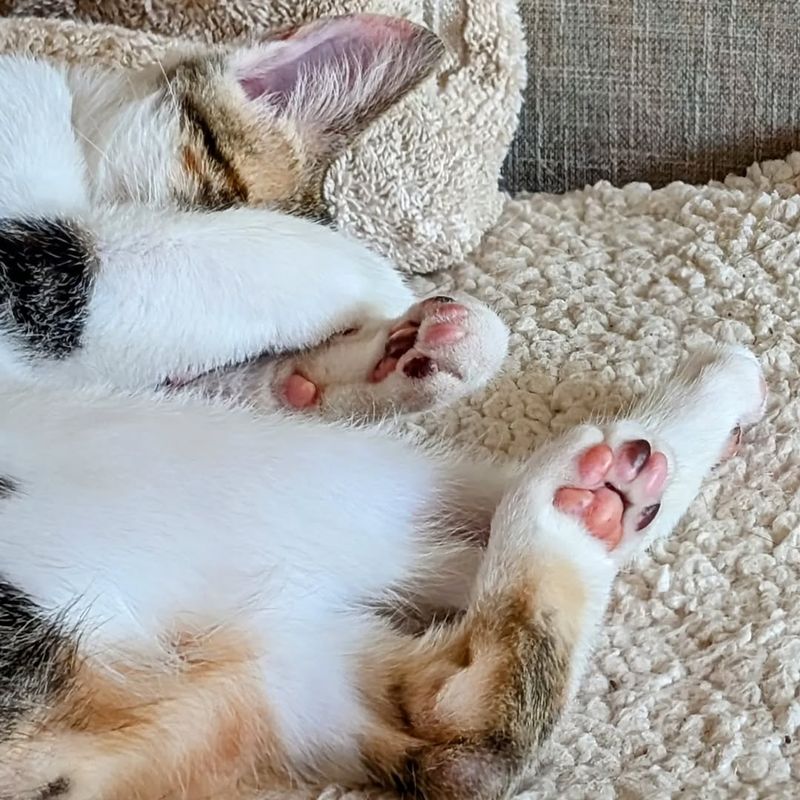
Cat toe beans come in a variety of colors, matching their fur or skin color. These colors can range from pink to black, with some cats even having a combination, like spotted beans. The pigmentation of toe beans is determined genetically and is similar to what gives cats their unique fur patterns.
This unique feature makes each cat’s toe beans one-of-a-kind. Besides aesthetics, these pads offer insights into the cat’s overall coat color.
2. Sensitive Nerve Endings
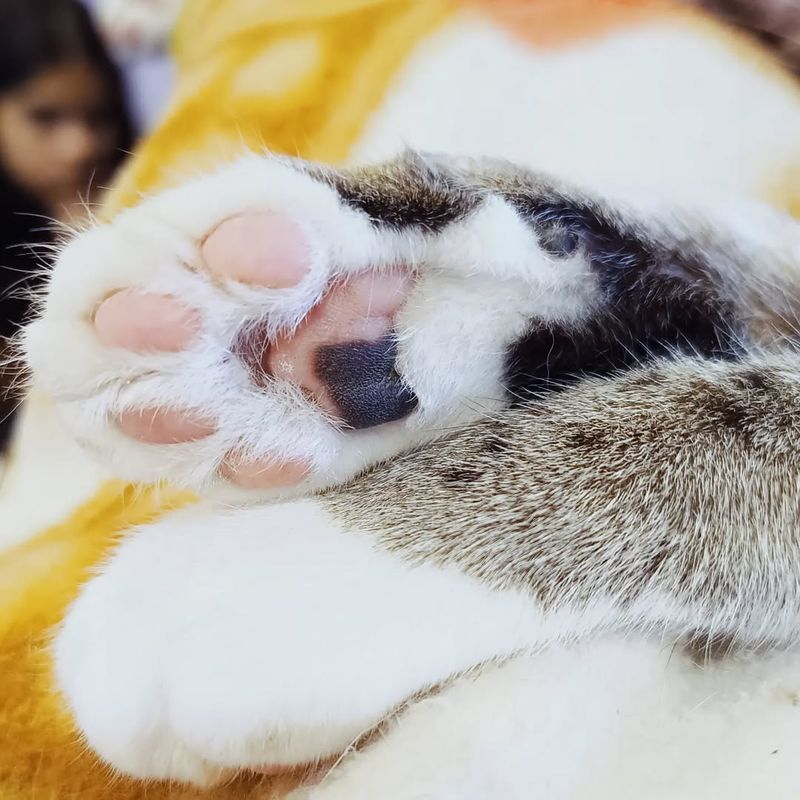
Toe beans are rich in nerve endings, making them highly sensitive. These nerve endings help cats detect changes in temperature, pressure, and textures. This sensitivity aids them in hunting and navigating their environment with precision.
The nerve endings also make toe beans responsive to the slightest touch, which is why many cats might not enjoy having their paws handled.
3. Built-in Shock Absorbers
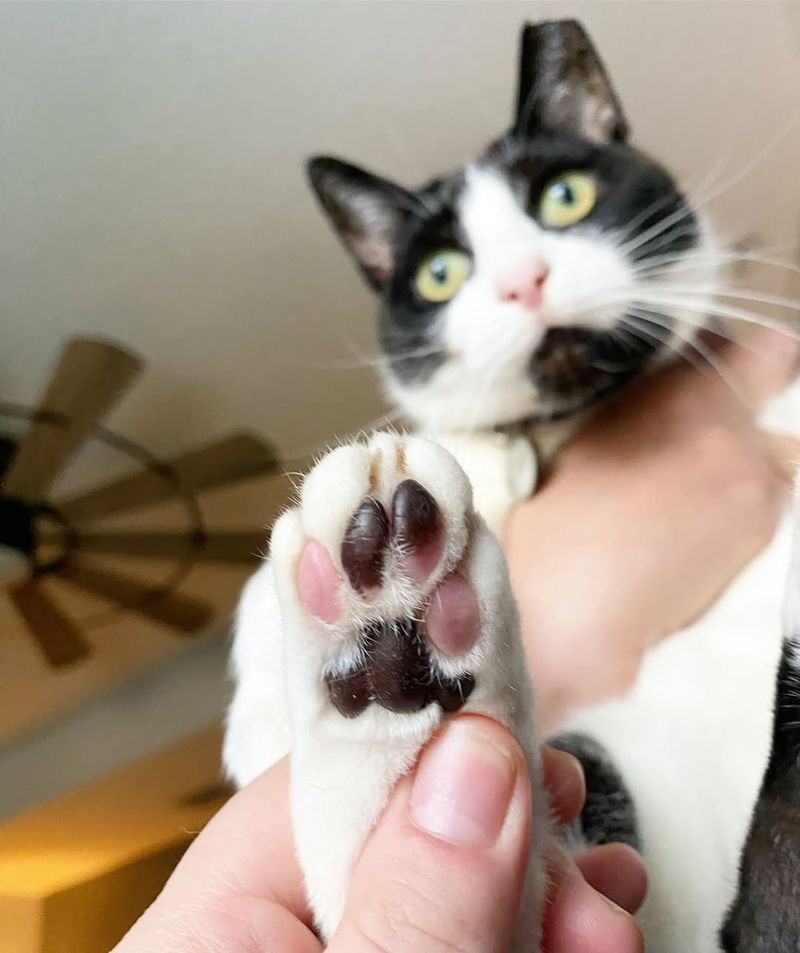
Toe beans act as shock absorbers, allowing cats to jump from high places without injury. These pads cushion the impact when they land, protecting their bones and joints.
This ability is crucial for their survival in the wild, where agility and stealth are necessary for hunting and evasion. The natural cushioning provided by toe beans highlights the evolutionary adaptation of cats, enabling them to be proficient hunters and climbers.
4. Toe Bean Traction
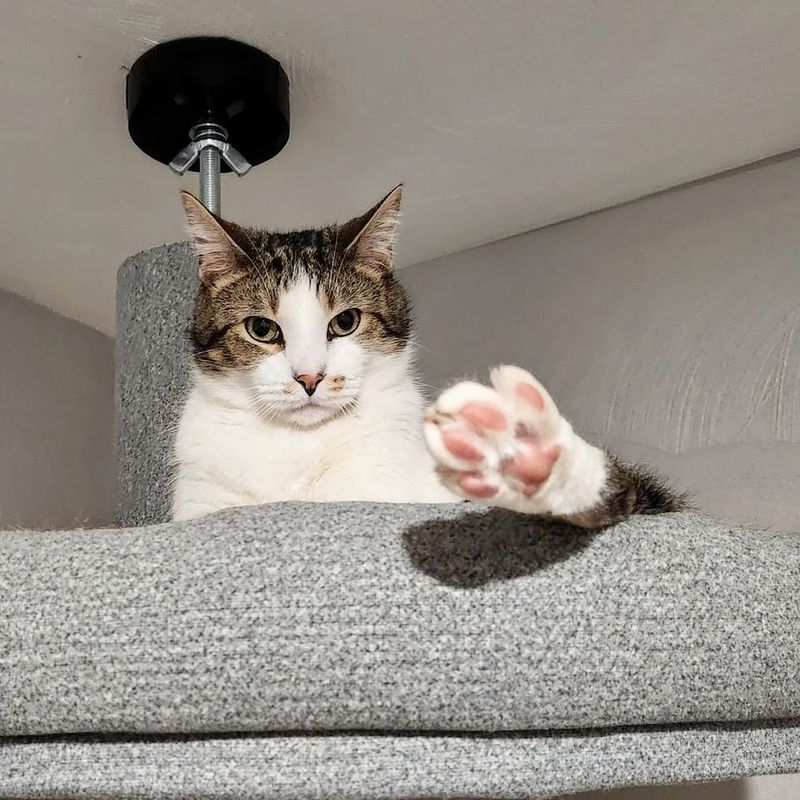
The soft pads on a cat’s paws provide traction, helping them maneuver on various surfaces. This grip allows for quick turns and precise movements, vital for hunting and playing.
Toe beans contribute to a cat’s stealthy walk, enabling them to move silently, an essential trait for stalking prey. The traction provided by these pads illustrates how they play a crucial role beyond their cute appearance.
5. Sweat Glands In Toe Beans
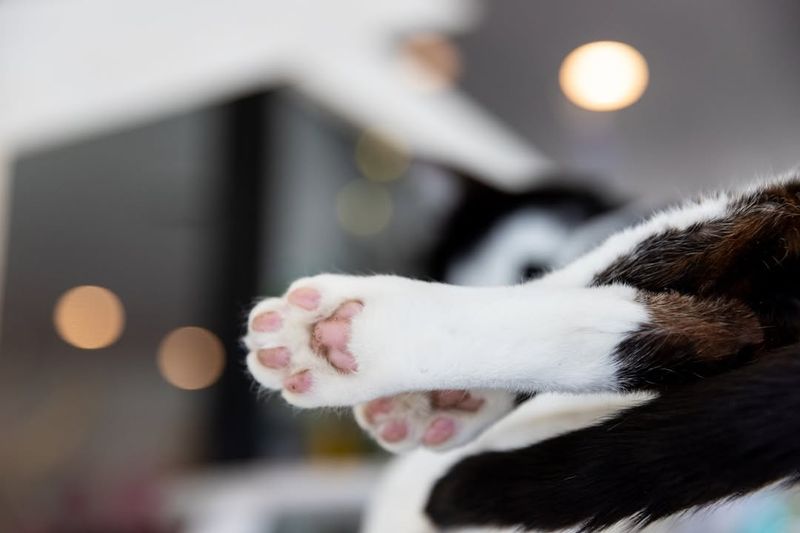
Cats have sweat glands located in their toe beans, helping them regulate their body temperature. These glands secrete moisture, especially when a cat is stressed or overheated.
Although cats primarily cool down through grooming, the sweat from their toe beans aids in heat dissipation. This feature is particularly important in hot climates, ensuring cats remain comfortable and avoid heat-related issues.
6. Toe Bean Reflexology
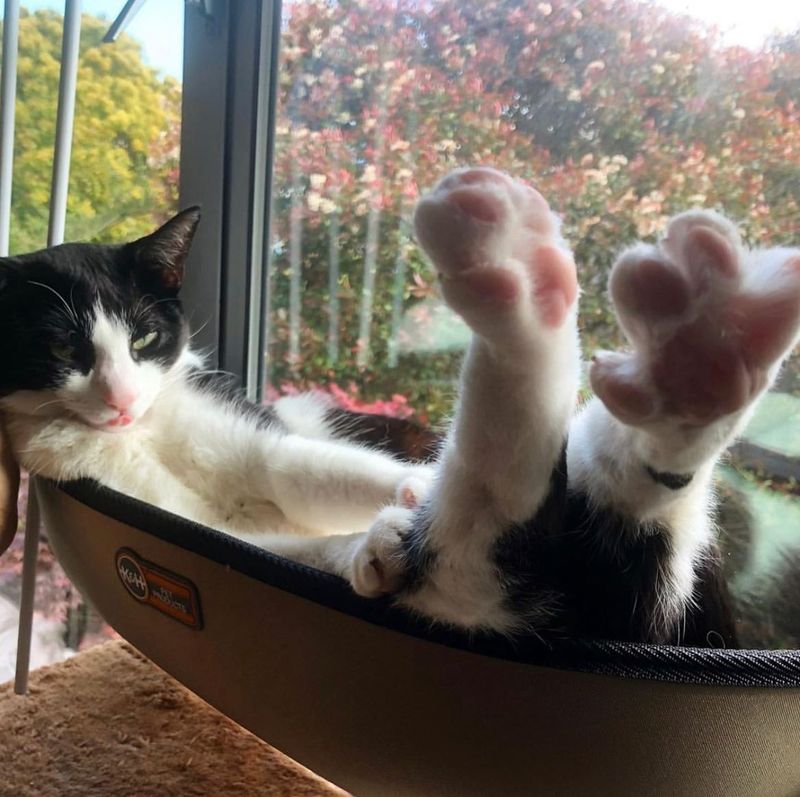
Just like humans benefit from reflexology, cats can experience health benefits from paw massages. Each toe bean is connected to different parts of the body.
Gentle massages can stimulate these pressure points, potentially reducing stress and improving overall well-being. Understanding the connection between toe beans and reflexology can enhance the bond between you and your cat while promoting their health.
7. Healing Properties Of Toe Beans
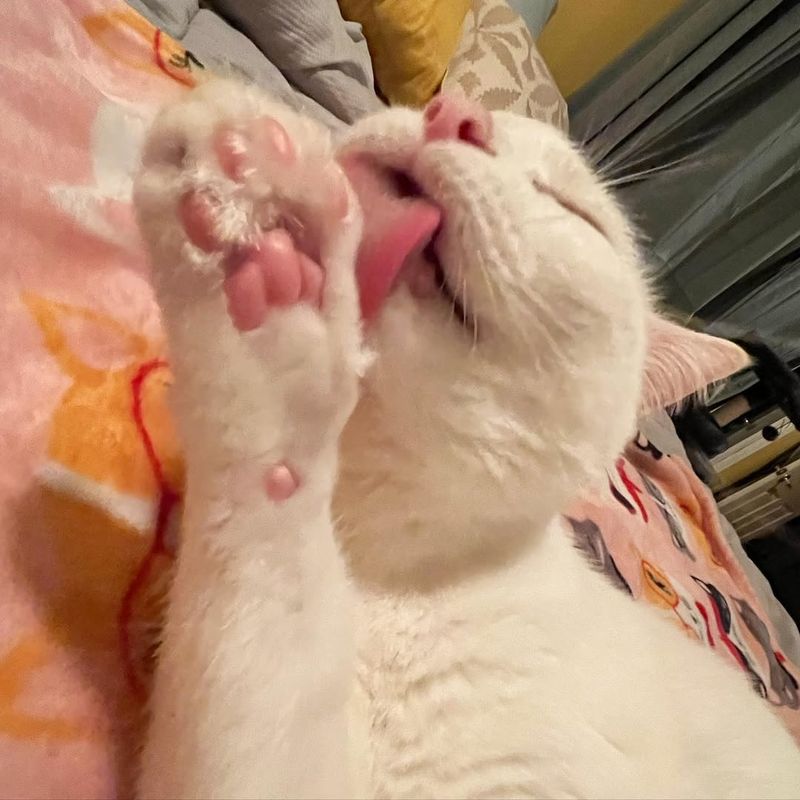
Cats often lick their paws and toe beans, which contain enzymes that can help clean wounds and promote healing. These enzymes act as natural disinfectants.
When a cat sustains a minor injury, licking their paws can aid recovery, showcasing nature’s ingenious way of ensuring their well-being. This self-healing mechanism is one of the many remarkable aspects of toe beans.
8. Silent Stalking Ability
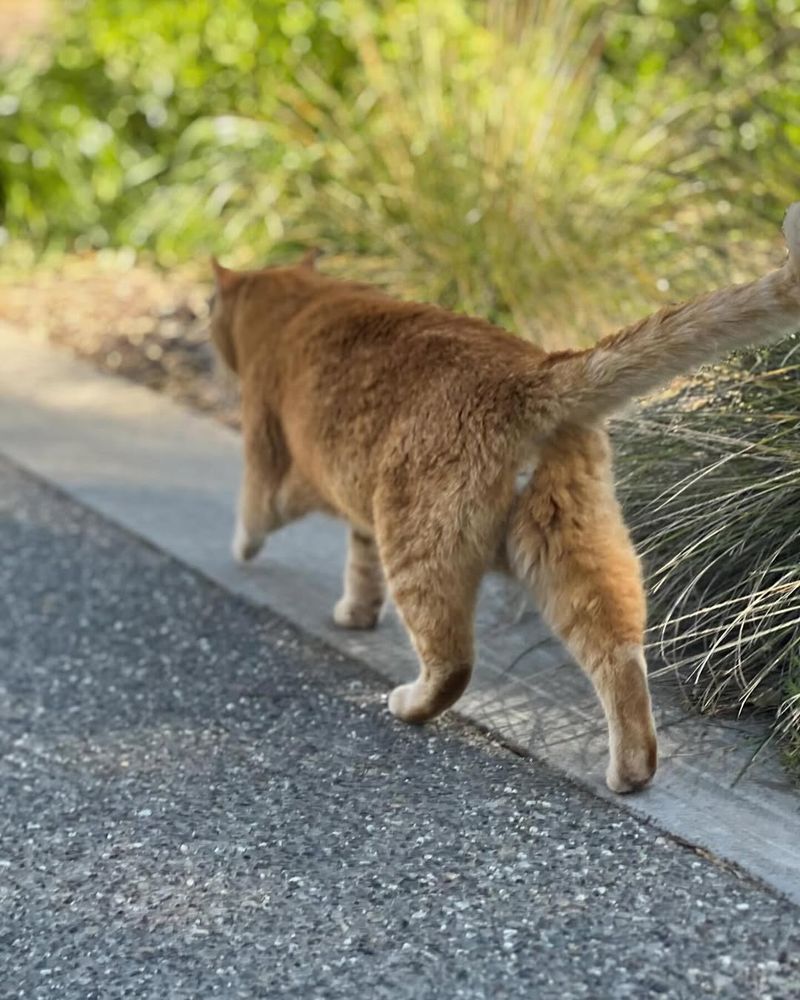
Toe beans play a vital role in a cat’s ability to move silently. The soft pads muffle their footsteps, allowing them to approach prey unnoticed.
This silent stalking is a key hunting strategy, enhancing their chances of a successful catch. The ability to walk quietly is not only advantageous in the wild but also when they’re sneaking around at home.
9. Toe Bean Temperature Sensors
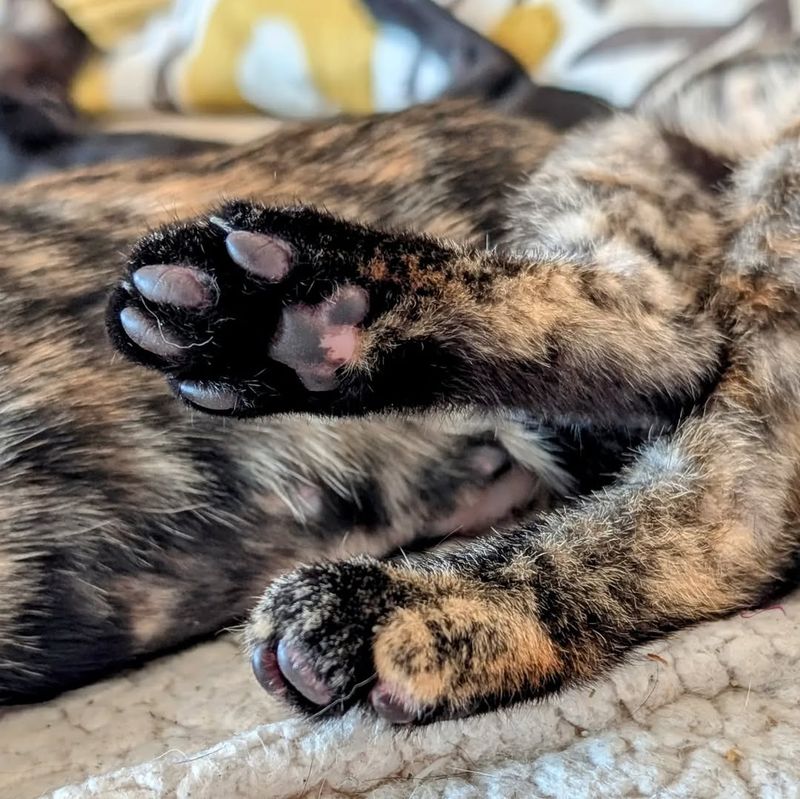
Toe beans help cats sense temperature changes, alerting them to hot or cold surfaces. This sensory capability prevents injuries from extreme temperatures.
When a cat encounters a hot surface, they instinctively lift their paw to avoid burns. This natural protection mechanism is another testament to the evolutionary brilliance of feline anatomy.
10. Unique Paw Prints
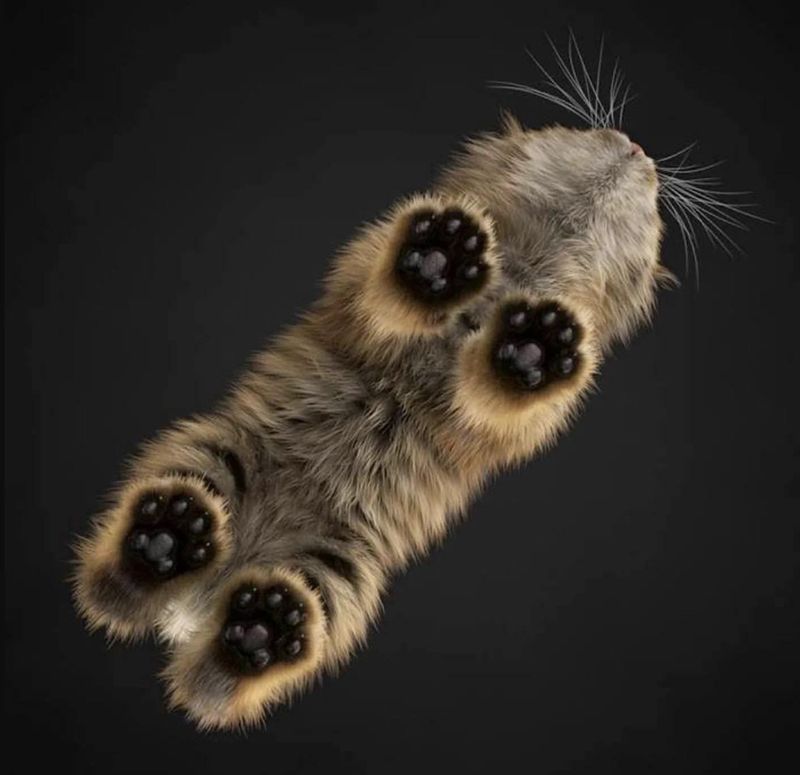
Like fingerprints in humans, each cat’s paw print is unique due to the distinct patterns of their toe beans. These prints can be used for identification and tracking.
Cat enthusiasts love capturing these prints in creative ways, such as in clay or ink. The individuality of each paw print highlights the personal nature of every feline friend.
11. Toe Bean Communication
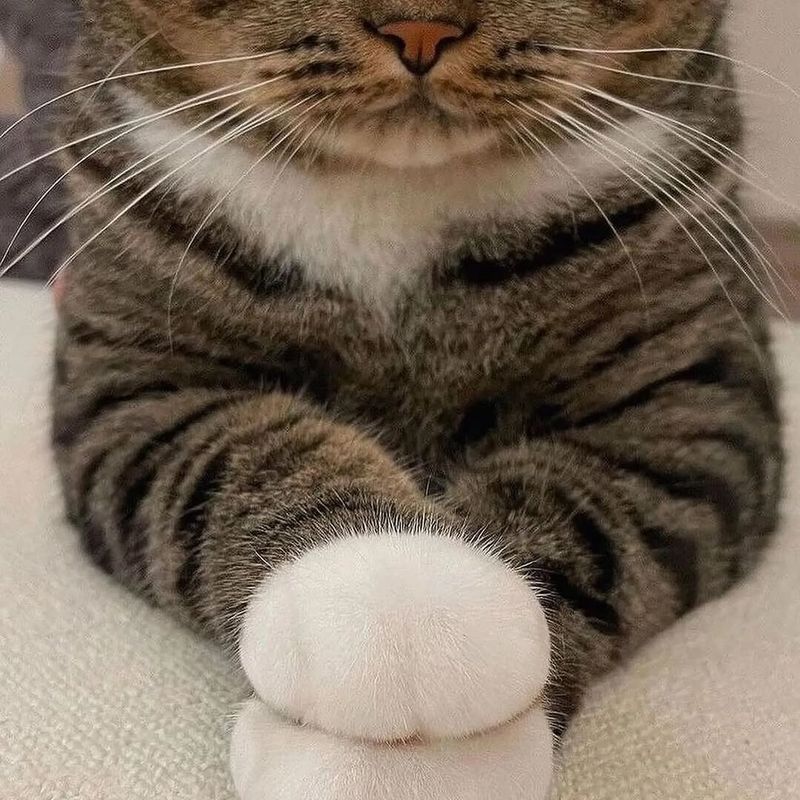
Cats use their paws, including toe beans, to communicate with each other and humans. A gentle tap can serve as a playful gesture or a request for attention.
These interactions demonstrate the social role toe beans play in feline behavior. Understanding this form of communication can strengthen the bond between you and your pet.
12. Seasonal Changes In Toe Beans
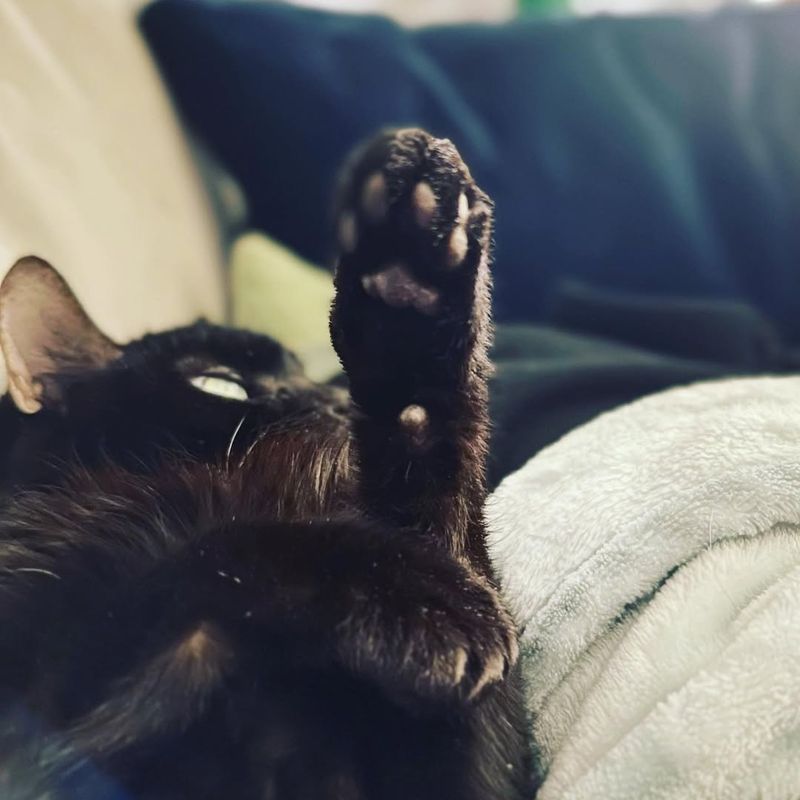
In some cats, toe beans can change slightly with the seasons. Colder temperatures might cause the pads to become firmer, while warmer weather keeps them softer.
These changes can affect their comfort and mobility. Awareness of this seasonal adaptability helps in caring for their paws throughout the year.
13. Toe Bean Playfulness
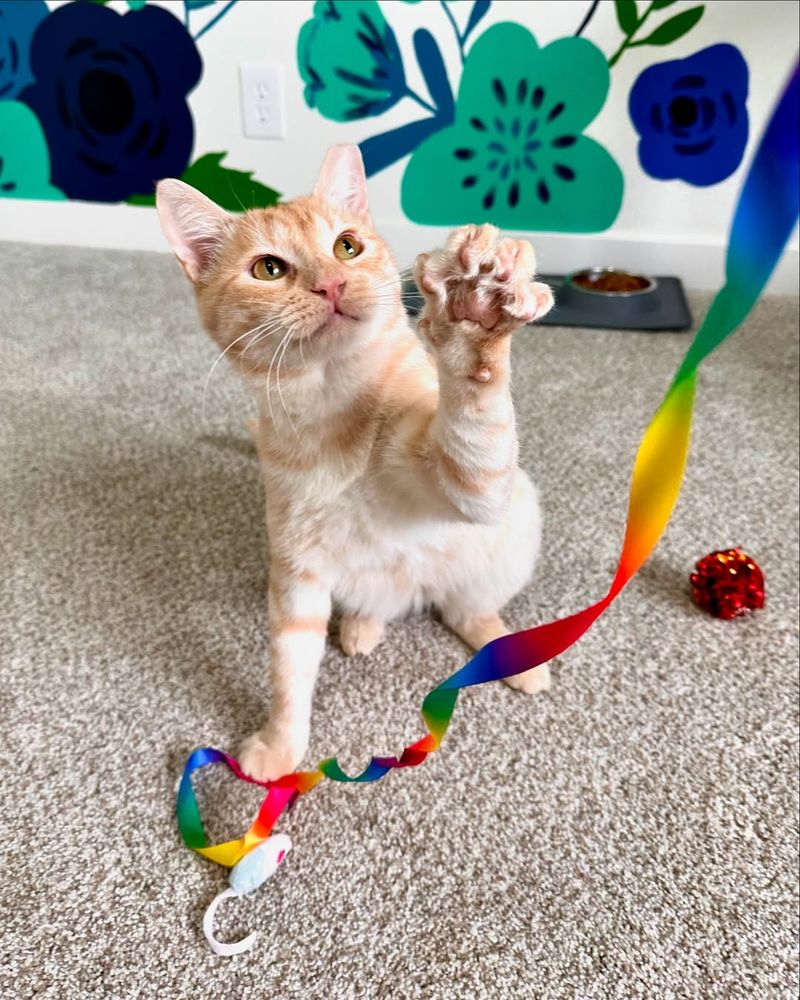
Cats often use their paws and toe beans in play, batting at toys or gently pawing at objects. This playfulness is not only entertaining but also crucial for their development.
Engaging in activities that involve paw use helps improve their coordination and agility. Encouraging such play can promote both physical and mental health in your feline companion.


